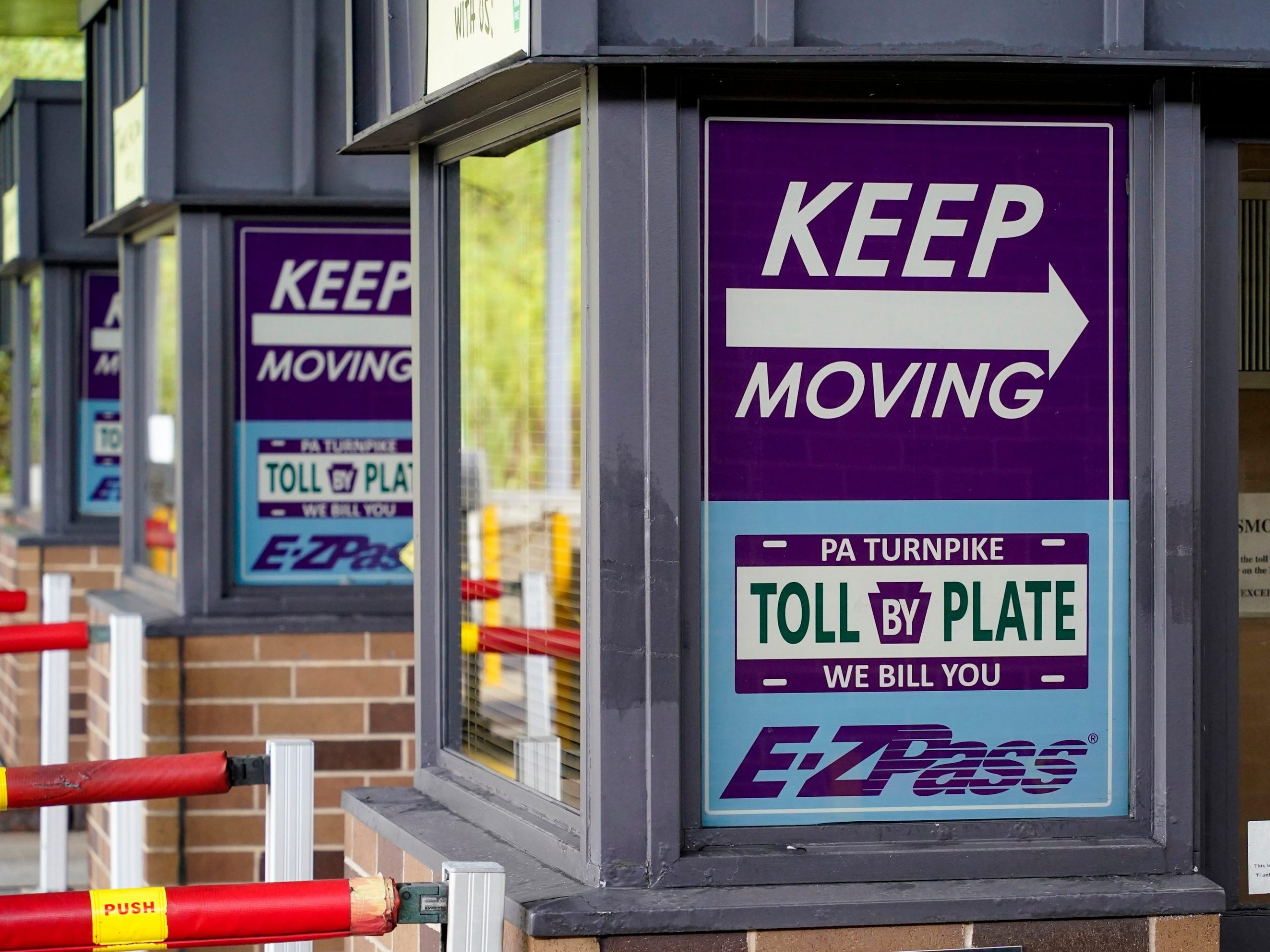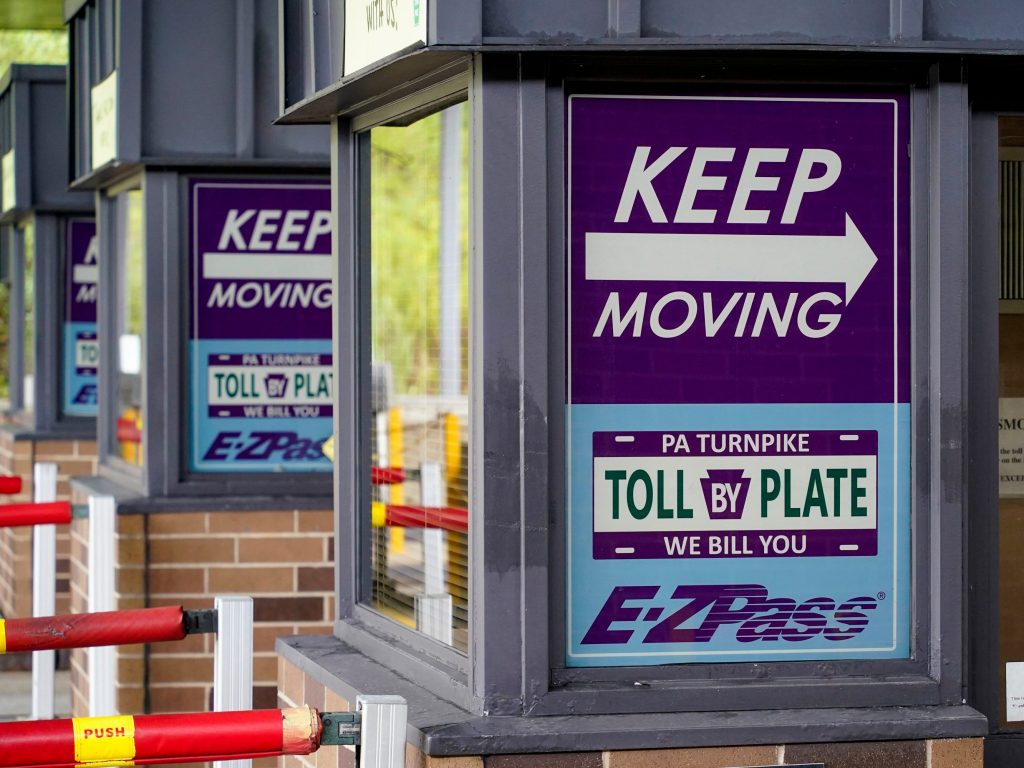
AP Photo/Keith Srakocic
- The Pennsylvania Turnpike lost $104 million in tolls switching to all-electronic, the AP reported.
- Around 11 million out of 170 million turnpike rides generated no revenue, according to the AP.
- The Pennsylvania Turnpike was the nation's first when it opened in 1940.
- Visit Insider's homepage for more stories.
Over $104 million in Pennsylvania Turnpike tolls were lost last year as the agency switched to all-electronic tolling, the Associated Press reported on Tuesday.
Around 11 million out of 170 million turnpike rides in the year that ended on May 31 generated no revenue, the report said, and millions of drivers who don't use E-ZPass had a one in two chance of a free trip under the state's license plate camera system.
"We take this issue very seriously. It is a big number, there's no question," turnpike Chief Executive Mark Compton told the AP. "But we, as an organization, are leaving no stone unturned in the way in which we're going after that leakage."
Lost toll revenue has become an issue with agencies across the country as E-ZPass and license plate camera usage increases, the report said.
Toll revenue in Massachusetts dropped as a result of the COVID-19 pandemic keeping people off the roads in its early days, though drivers also owe the state $112 million in unpaid tolls, according to WCVB.
New Jersey saw a similar issue of lost toll revenue because of the pandemic, nj.com reported.
In New York, uncollected tolls have spiked in recent years, according to the Associated General Contractors of New York State, fueling fears that a cashless toll system will lead to more lost revenue.
Pennsylvania is dealing with a handful of issues in its case, such as unidentifiable license plates, undeliverable bills, and missed vehicle owner addresses, the AP said.
"That kind of loss is amazing," State House Appropriations Chairman Stan Saylor told the AP. "I'm sorry, when you have a debt, and the tolls are as high as they are on the Pennsylvania Turnpike, then you need to be more efficient."
The Pennsylvania Turnpike was considered to be an engineering feat as "America's First Superhighway" at its opening in 1940, its website says, now stretching over 550 miles.
